Frizz Spectrum – Types of Frizzy Hair and Their Unique Traits
Updated on
This post may contain affiliate links. As an Amazon Associate, we may earn from qualifying purchases.
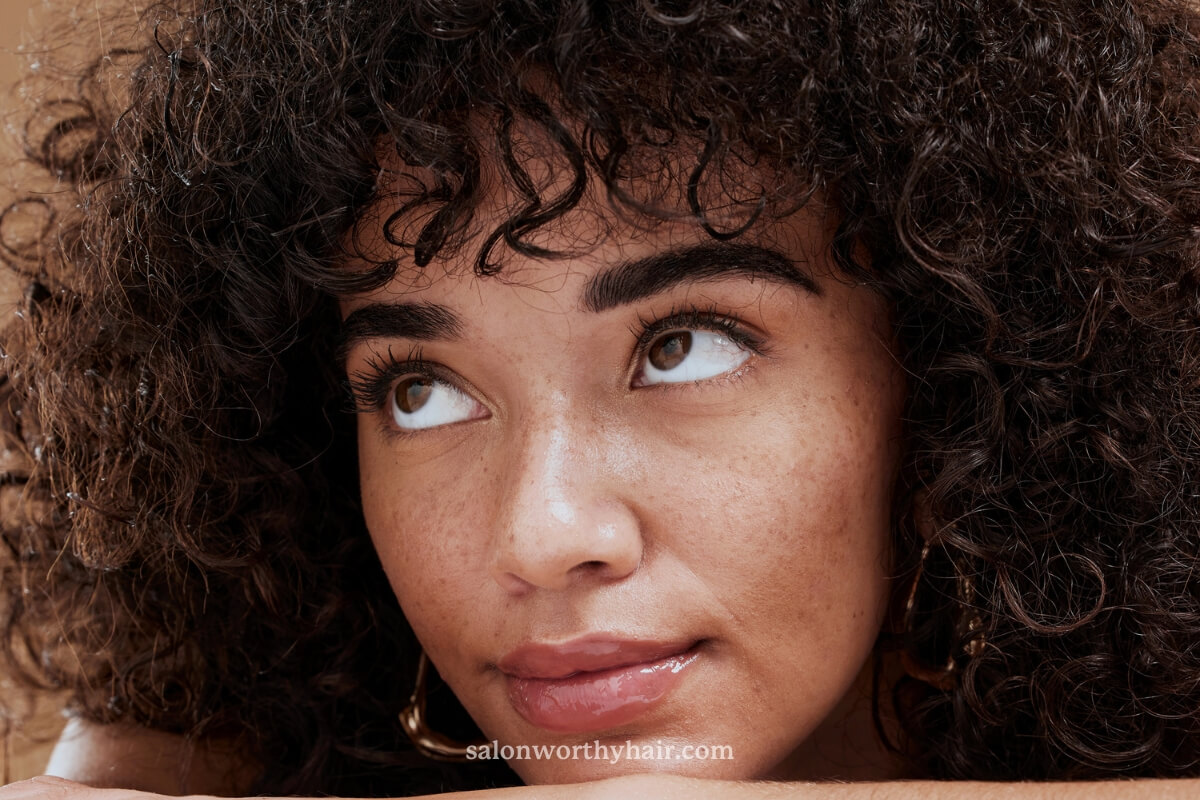
If you struggle with frizzy hair, you know how frustrating it can be to tame.
But did you know that not all frizz is created equal?
There are different types of frizz, each with unique characteristics and challenges.
As if dealing with frizz was not enough to pull your hair out, frizz has a spectrum that can vary across different hair types, textures, and underlying hair conditions.
Understanding the type of frizz you’re dealing with can help you choose the right products and styling techniques to keep your hair looking its best.
So, let’s take a closer look at the different variations and types of frizzy hair and how to manage them.
Table of Contents
Surface Frizz
Surface frizz is a form of frizz that occurs on the outer layers of the hair.
It does not affect all of the hair, and typically appears as isolated strands or small groups of hairs not lying flat against the head.
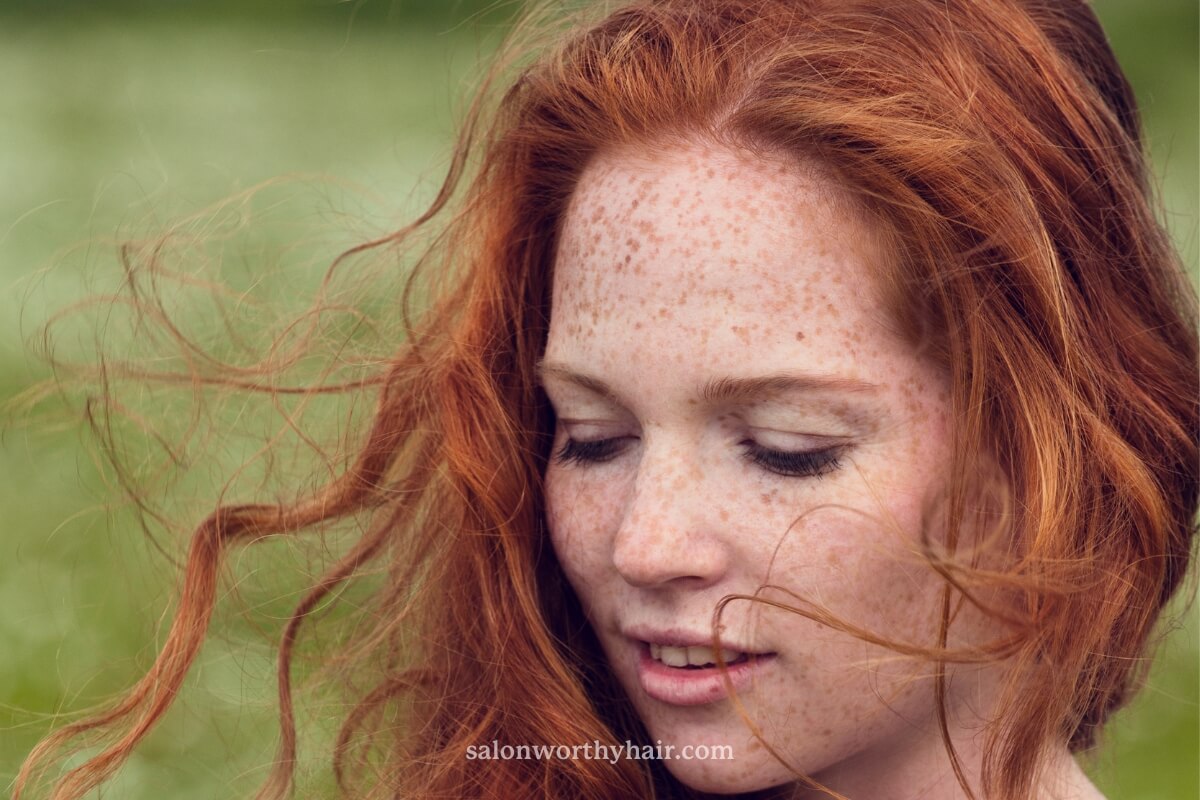
Frizz on the hair’s surface can sometimes look like static, where hair strands become electrically charged, causing them to repel each other and stand out from the head in a disordered and untamed manner. This type of frizz can happen to straight hair and curly hair textures.
Surface Frizz – Causes, treatments, and products.Halo Frizz
Halo frizz is a type of frizz that appears as a halo or ring of frizzy hair around the crown of the head.
It is characterized by small wiry hairs that stick out from the hair’s surface, giving the appearance of a halo or crown of frizz around the top of the head.
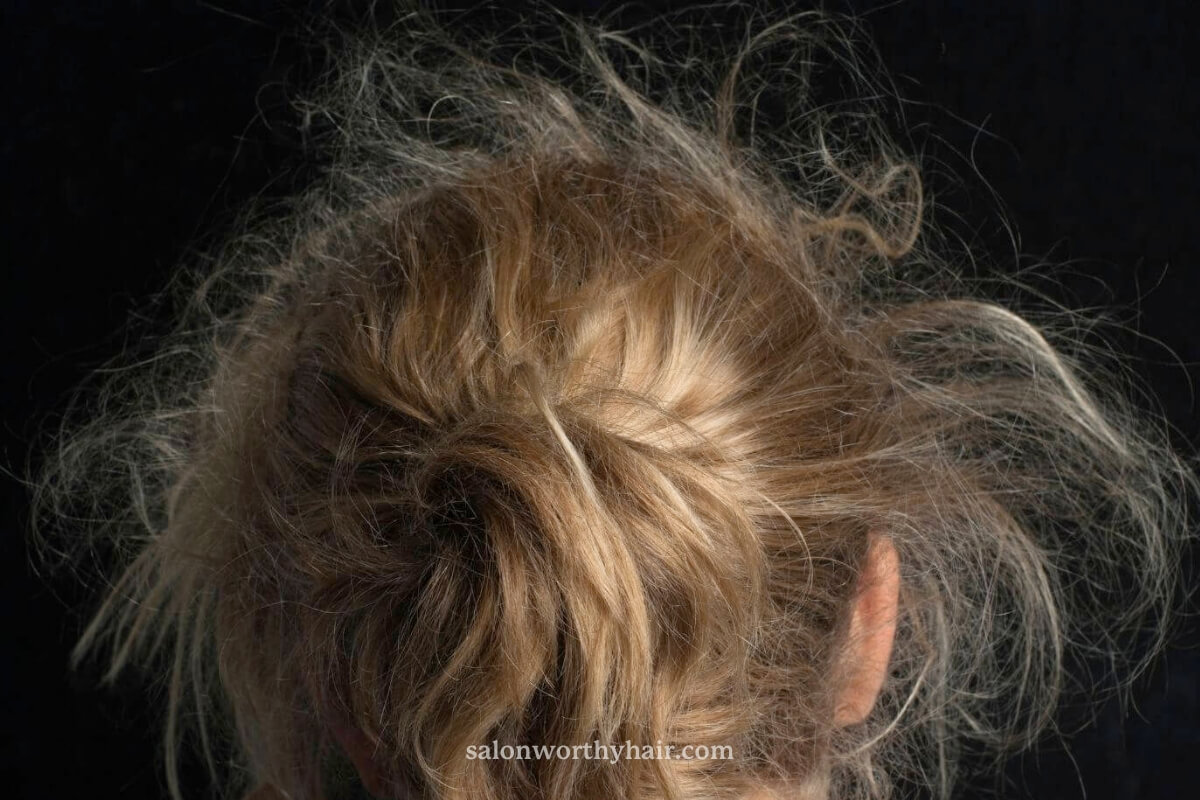
The hair may also appear dry, weak, and brittle. The challenge with frizz on the crown is that it’s difficult to keep it under control as the individual hair strands refuse to lie flat and blend in with the main body of the hair.
Halo Frizz – Causes, treatments, and products.Poof Ball Frizz
Poof ball frizz happens when the hair becomes extremely dry and poofs up into a ball-like shape. It is characterized by a large mass of frizzy hair that is often difficult to comb.
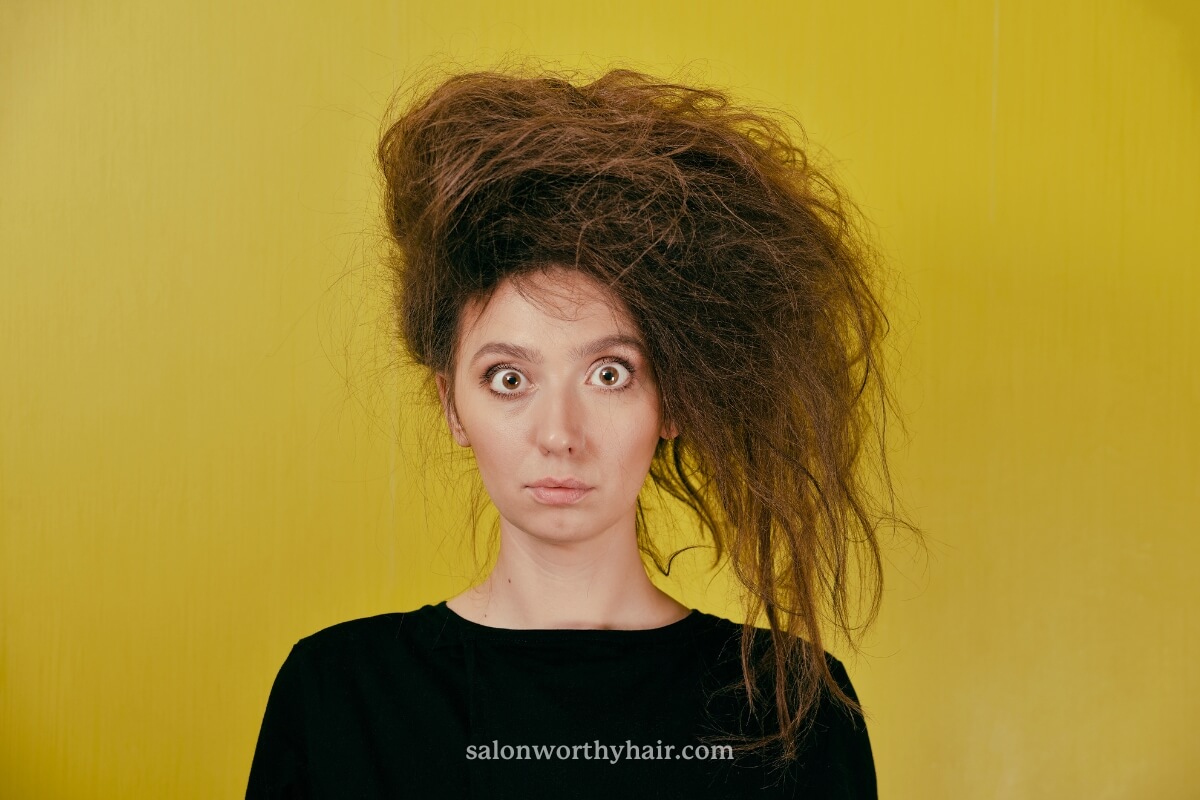
The exact appearance of poof ball frizz can vary depending on the hair type and the severity of the frizz. It appears as a large, rounded mass of dry, brittle hairs lacking definition or shape.
The hair may appear wiry or coarse to the touch, and individual strands may stick up or out from the overall shape of the hair.
Poof Ball Frizz – Causes, treatments, and products.Frizzy Roots
Frizzy roots are frizz that develops at the base of the hair near the scalp. It makes the underlayer of the hair puffy and fluffy with a mix of curl patterns that won’t clump together.
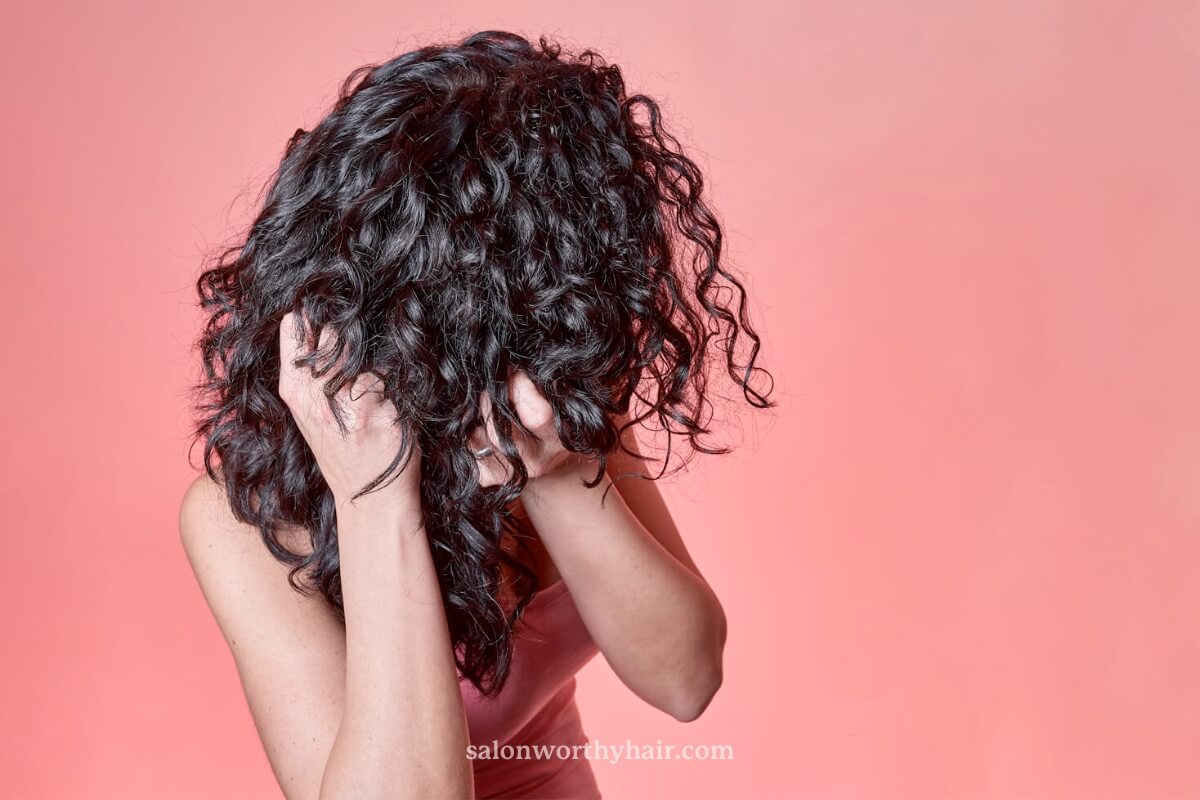
Unlike surface frizz that can be easily targeted and tamed, frizzy roots are harder to tame as they are hidden in the bottom layer of the hair.
Frizzy roots – Causes, treatments, and products.Frizzy Bangs
Frizzy bangs are a type of frizz that develops in your bangs, also known as fringes. Bangs is a hairstyle where the hair is cut across the forehead, creating a fringe of hair that falls over the forehead and frames the face.
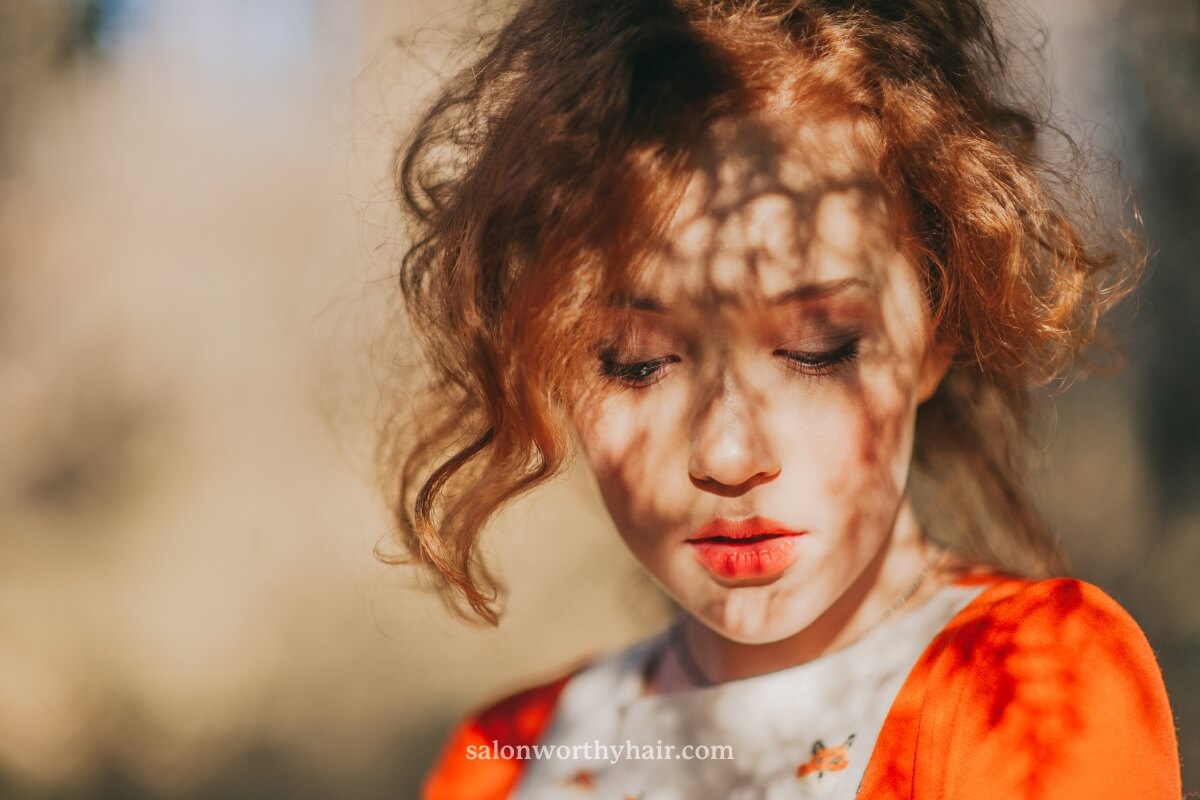
Bangs can be cut in various lengths and styles, ranging from short and blunt to long and wispy. The term “bangs” is primarily used in North America, while other parts of the world may refer to this hairstyle as a “fringe.”
Frizzy bangs can be especially noticeable because they frame the face and are often the focal point of a hairstyle to draw attention.
Frizzy bangs – Causes, treatments, and products.In-the-Curls Frizz
In-the-curls frizz is characterized by an inconsistent curl pattern, where certain sections of the hair appear smooth and well-defined while others look frizzy and unruly. The lack of uniformity in the curl pattern can result in an overall unkempt appearance.
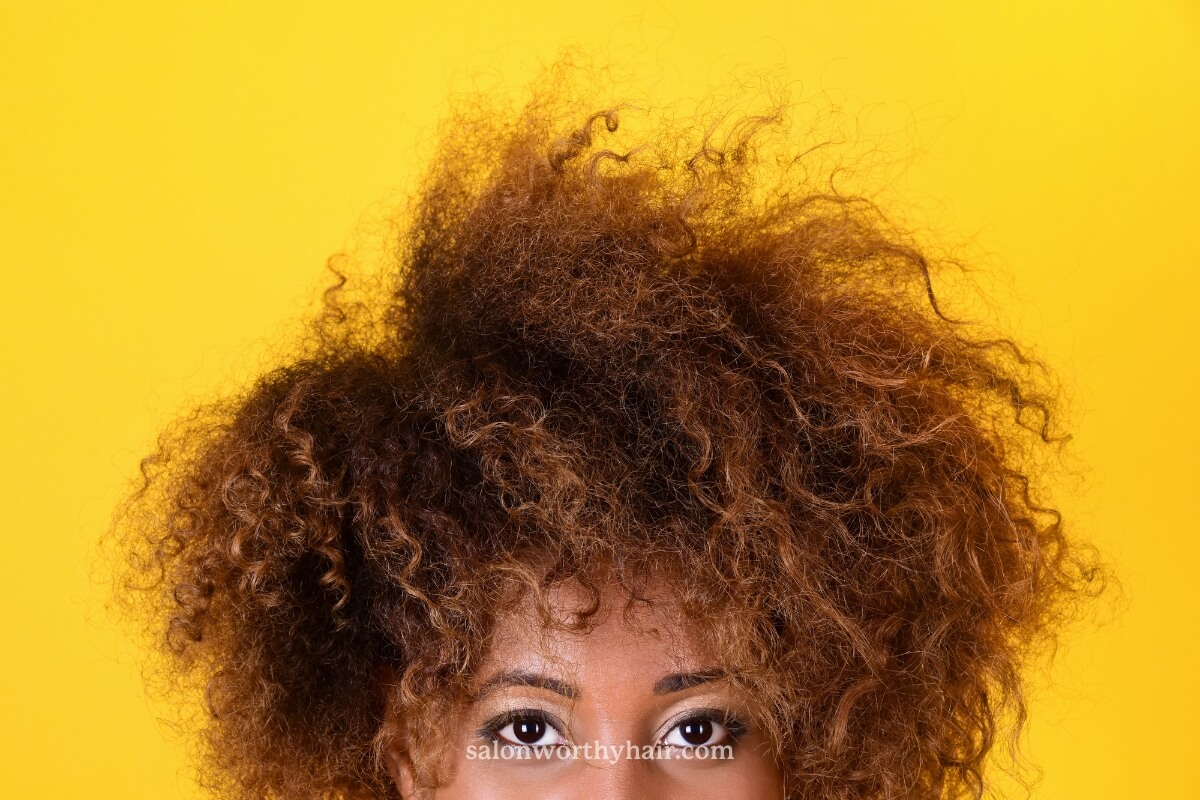
In-the-curls frizz mostly affects people with curly and wavy hair types (Type 2 and 3).
Frizzy Ends
Frizzy ends refer to a hair condition where the tips of the hair strands appear frayed, dry, and unruly.
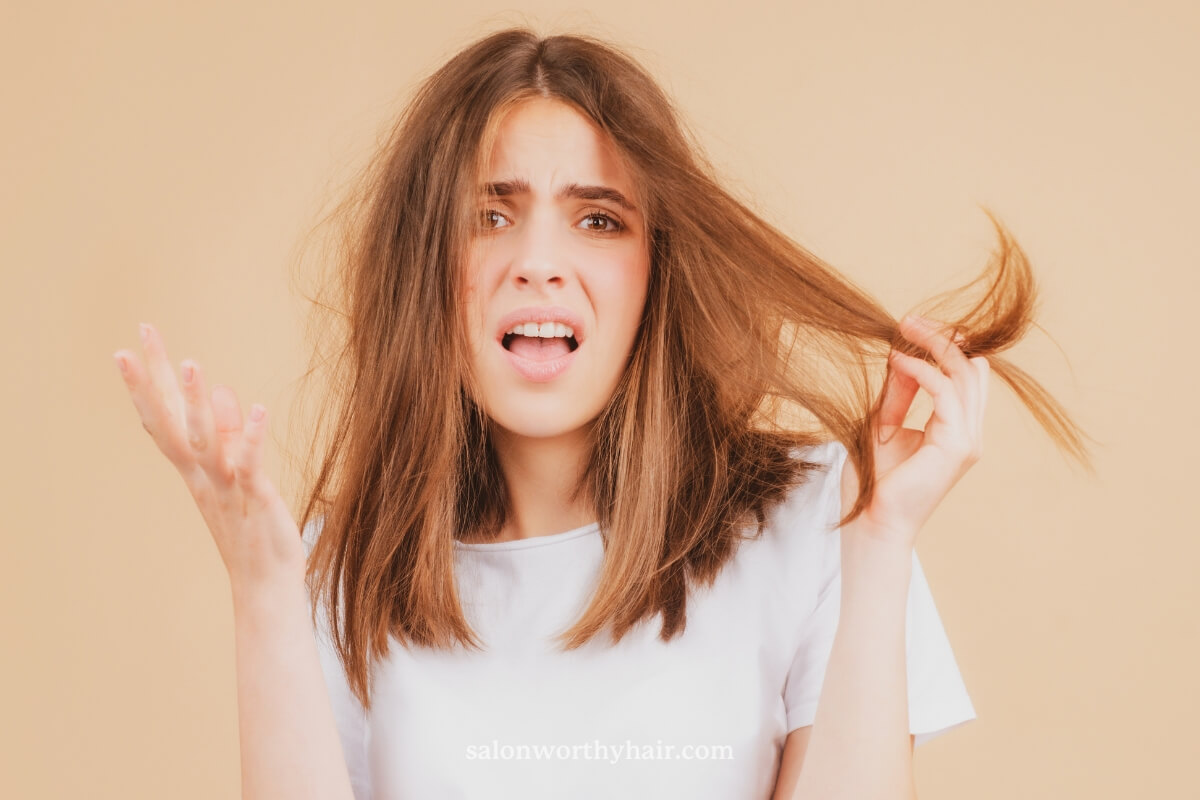
Think of frizzy ends as the split ends’ wild and rebellious cousin.
While frizzy and split ends affect the tips of hair strands, they are not the same. Frizzy ends are characterized by a rough, tangled, and unruly appearance at the ends of the hair strands. In contrast, split ends specifically involve the hair shaft splitting or fraying into two or more separate strands at the tip.
Frizzy ends can affect any hair type but are more common in dry, damaged, or chemically treated hair.
More: How to fix dry and frizzy ends.
Wet Frizz
Frizz is more commonly associated with dry hair.
But when hair gets frizzy when it’s damp or soaking wet – it usually indicates hair damage and high porosity problems (not necessarily unhealthy hair).
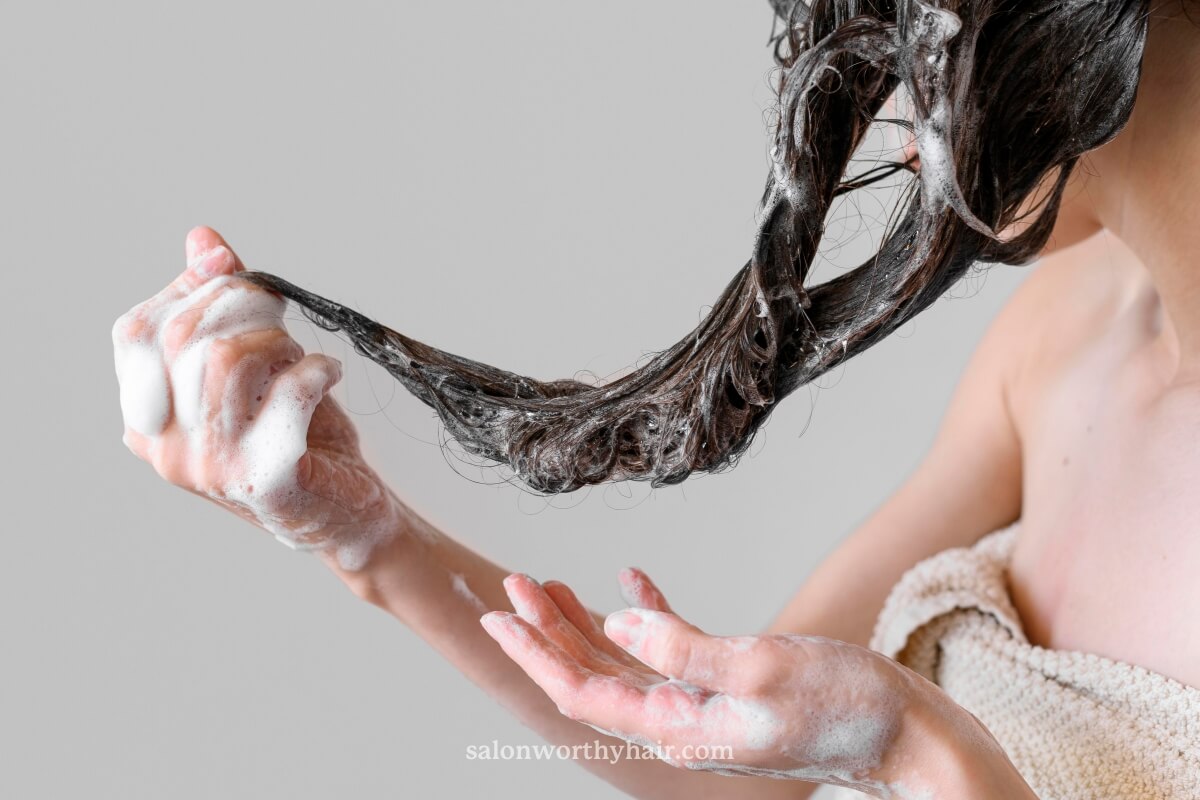
Wet frizz gives the hair a puffy appearance. It can also manifest in hair webbing, a more severe form of tangling that occurs when the hair strands become tightly interwoven, forming a web-like structure that can be difficult to comb out after washing.
Wet frizz – Causes, treatments, and products.What Type of Frizz Are You Struggling With?
As we’ve seen, there are many variations of frizz, each with unique characteristics and challenges that require specific treatments.
From the unruly rebellion of surface frizz to frizzy ends, these hair conditions reflect the dynamic nature of our tresses as they respond to their environment and internal structure.
While it may sometimes feel like a never-ending battle against the forces of frizz, understanding the specific type you’re grappling with is the first step in developing a targeted hair care routine that can help you manage and prevent the frizz from getting worse and out of control.
Embrace the journey, and remember that sometimes, the quirkiest quirks of our hair can also become its most endearing and distinctive features.
About the Author
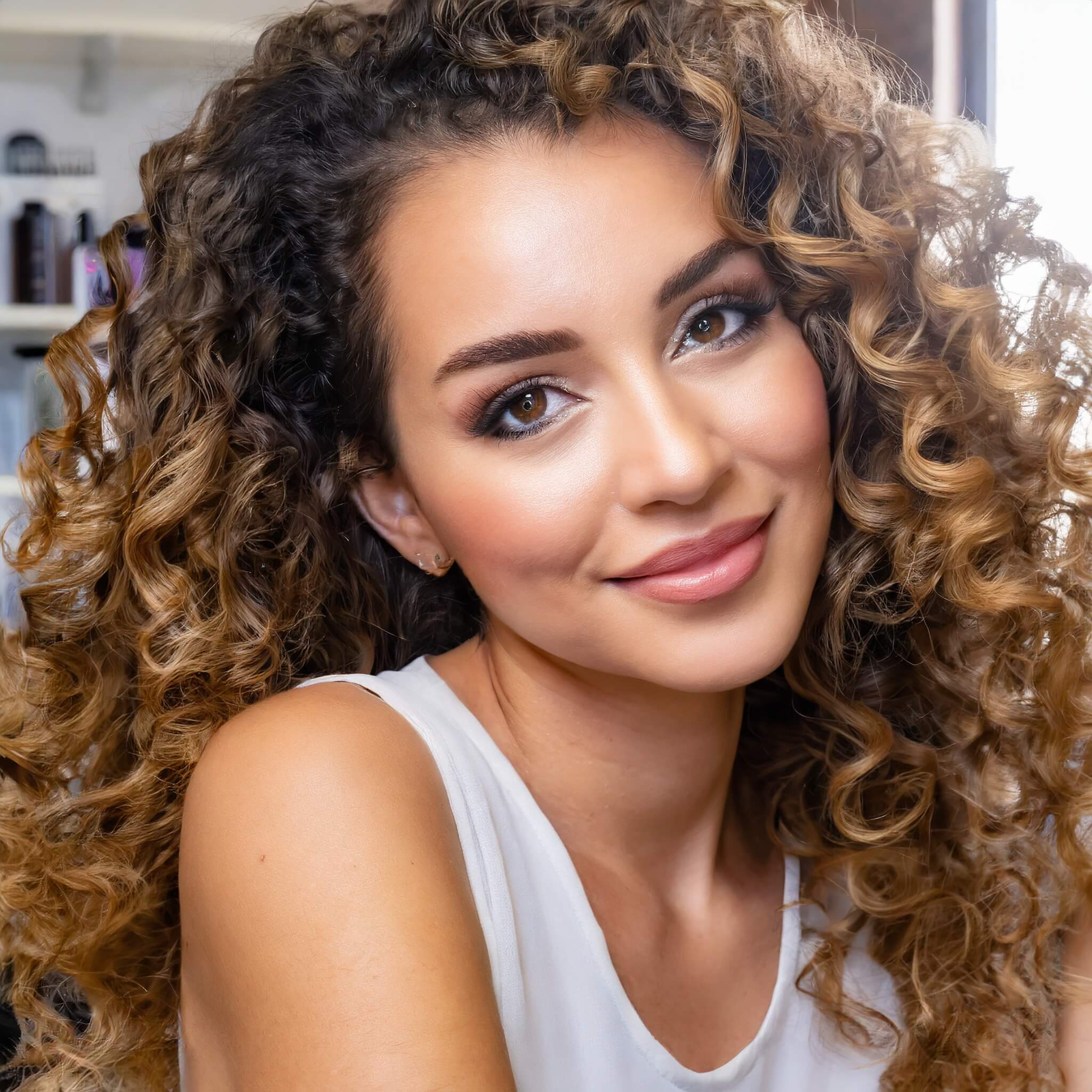 Camelia Smith
Camelia SmithCamelia Smith can color hair, perform keratin treatments, bleach hair, and even cut curly hair. She is our go-to person whenever we have hair treatments and styling questions.
She's also currently training as a freelance makeup artist and is passionate about helping others feel beautiful in their skin. When she's not writing or doing hair, she's usually spending time watching British period dramas.